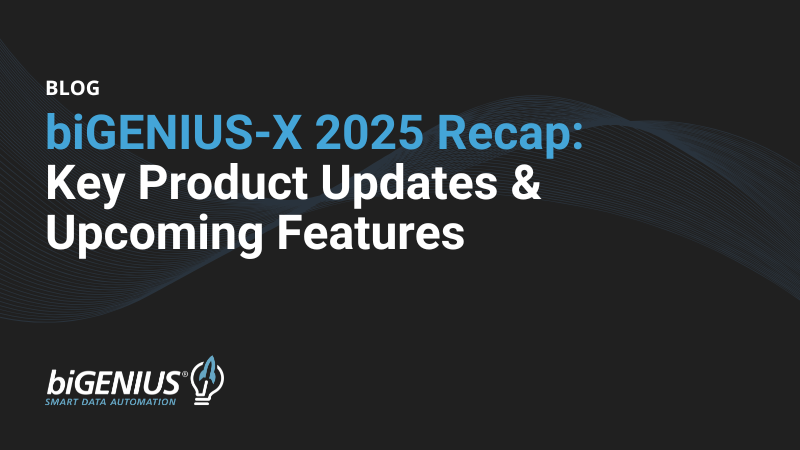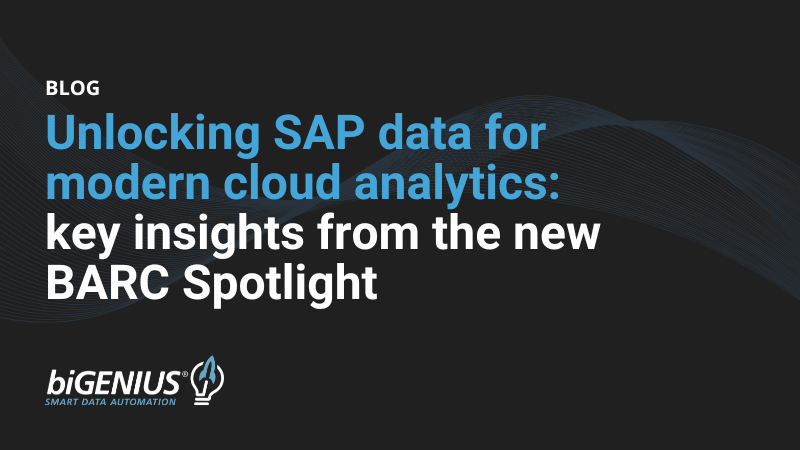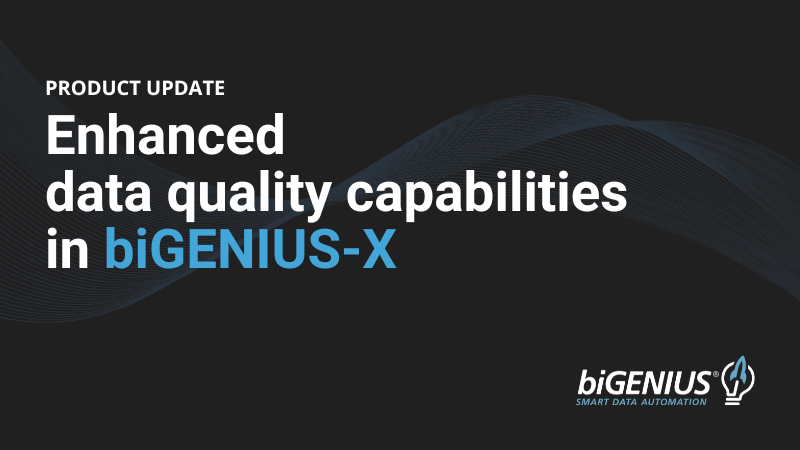Why should I use data vault?
The data vault approach provides various advantages that might be beneficial to your organization.
Integration of data from various source systems
The source data is integrated using common business keys, stored in hubs. The required business attributes are stored in separate satellites per source system. This makes combining information for further reports easier.
Parallel loading of data from different source systems
With data vault, there is no predefined loading order, this means data sources can be loaded into the data vault independently of each other.
Complete historization of all attributes
The versioning of all attributes in the satellites allows you to trace all changes made in the past, and be able to extract data at any specific point in time.
Easy extensibility of data models
Additional entities or attributes that are used for new requirements are implemented as additional tables in Data Vault. Existing tables are usually not changed. In this way, data migration is avoided.
Simple and uniform ETL patterns
The loading of hubs, links, and satellites happens according to uniform rules, which are always constructed in the same way.
























